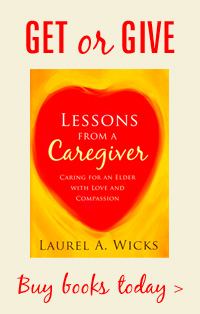Be Ready (72 Hour Kit)
Teton Home and Living | Spring 2011
View article at LifeintheTetons.com >
The first time emergency preparedness appeared on my personal radar screen was shortly after the Loma Prieta earthquake in 1989. That temblor, which became known as the World Series Quake, occurred in San Francisco Bay on October 17, as the San Francisco Giants played the Oakland A’s in Candlestick Park.
Television networks with national feeds were there to cover the World Series and covered the earthquake instead. The blimp overhead broadcast pictures of a section of the fallen Bay Bridge in its odd diagonal resting place, along with shots of collapsed buildings and neighborhoods ablaze. While those aspects of the disaster were shocking, it took children to really grab my consciousness about the enormity of what had happened.
While in the area for a work-related project, I was tutoring students at a neighborhood elementary school in Point Richmond. The children were palpably frightened by the ubiquitous news coverage of the damage, and of the injury and death surrounding them. It showed in their eyes, and in their distracted behavior. They needed to talk about it. They asked questions and needed answers. We decided to explore together ways to allow them to feel more secure in facing future emergencies.
Our search found results—some simple, some surprising. We learned certain precautions were within their grasp and concrete enough to enhance the kids’ sense of security. It started with creating an affordable emergency supply kit for their families, a possibility even for those from low-income households.
In emergency preparedness, the rule of thumb is to be able to sustain yourself and your household for three days until help becomes available. The bare necessities include a gallon of water a day per person, food items that do not need refrigeration or cooking, plus a can opener, a flashlight, and a radio (both battery operated), along with spare batteries. The list of items can be much longer (see the full recommended contents from the Red Cross 72-hour emergency kit, in box). Even these few rudimentary supplies offered a level of comfort to schoolchildren following the earthquake. It helped, knowing they could protect themselves against thirst and hunger. They now had a safeguard against being in the dark without a communication link to the outside world. (more…)



 Auntie Bru's Comfrey Comfort is a natural salve made with love in Jackson Hole, Wyoming. Available at
Auntie Bru's Comfrey Comfort is a natural salve made with love in Jackson Hole, Wyoming. Available at 